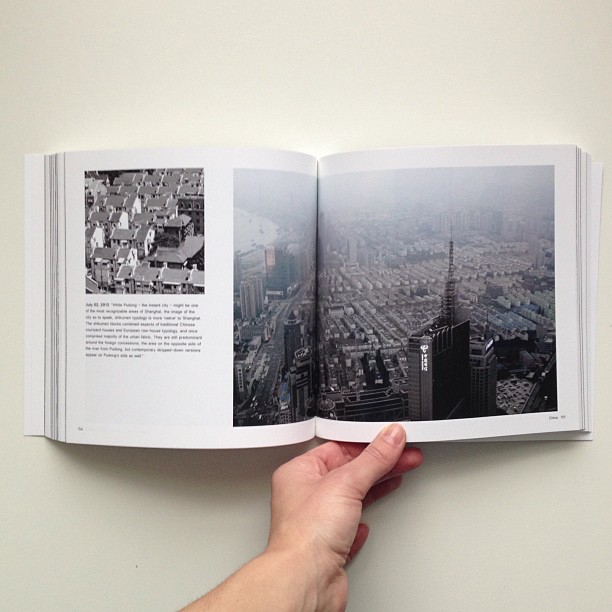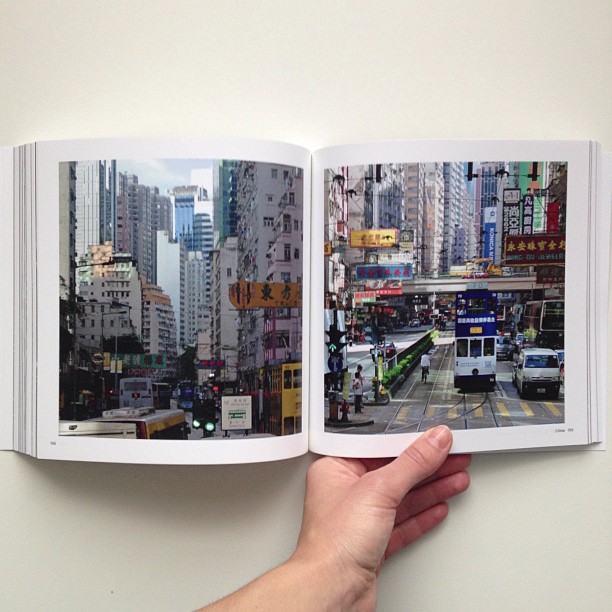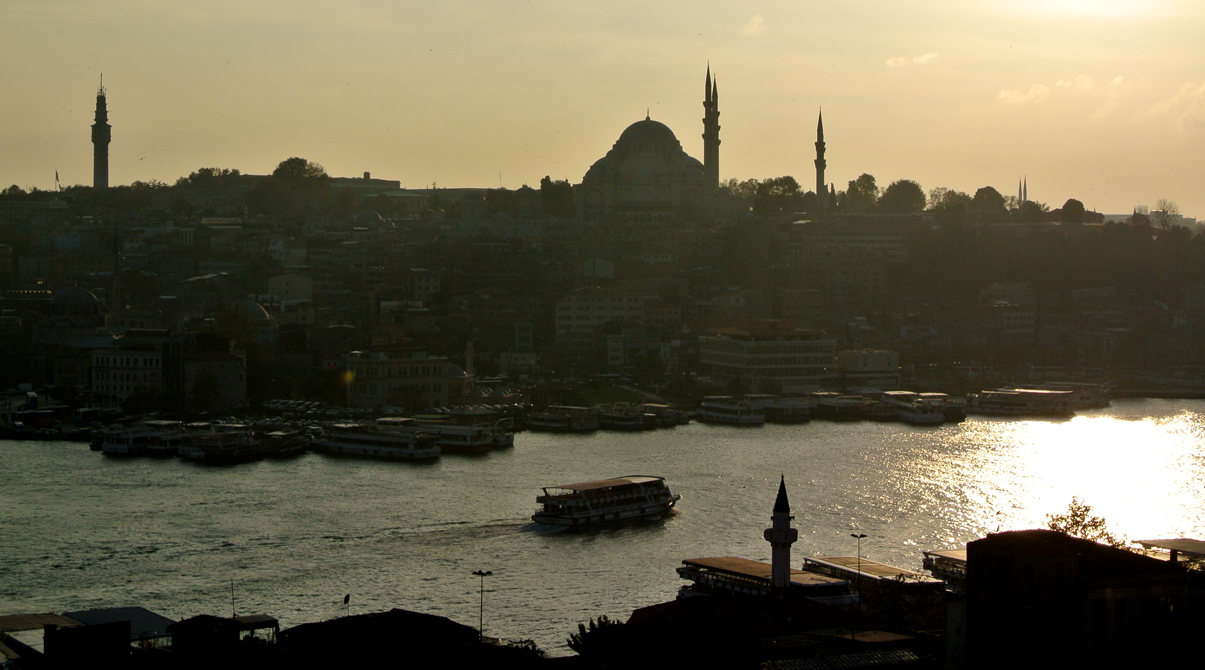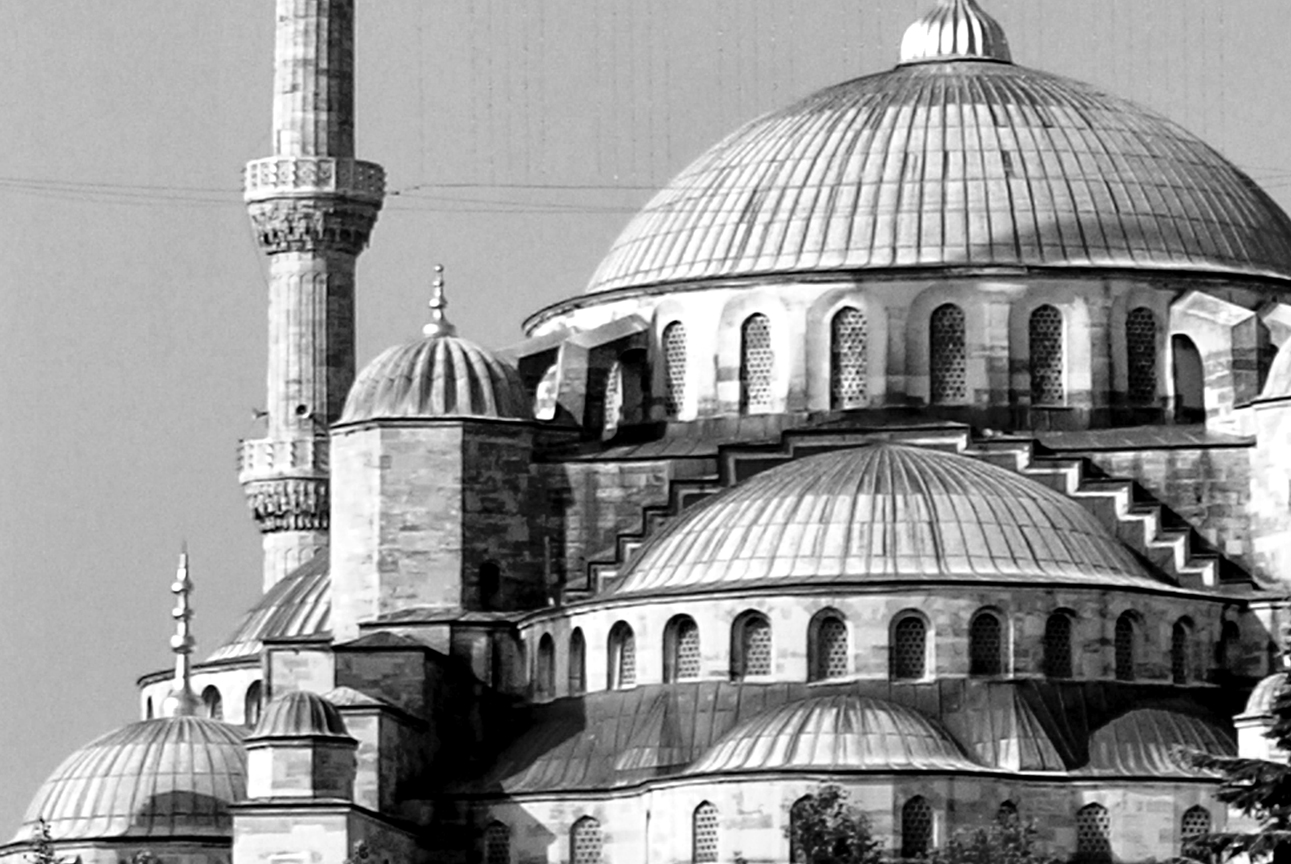ABOUT
The travels have been done in two stages. The first part was supported by the Gertraud A. Wood Traveling Fund and concluded with a book and an exhibition at the Yale School of Architecture (see Metropolis Now for more details). The journey took me to the East and was completed during the summer of 2012. During the second part, supported by the William Wirt Winchester Traveling Fellowship, I will be traveling to the West, not as a dialectical opposite to my Eastern travels, but rather as a continuation of the same journey.
Last summer I visited some of the most populous and rapidly growing cities in the world, where the impact of global capital was visible on every corner. Despite the globalization, rapid urbanization, and one could also argue rapid westernization of the world, cities are not generic, as I already had a chance to see in the first part of my travels, and local variations still prevail and are much greater than some would want us believe. The goal of these two trips is to learn about the individual differences and uniqueness of each metropolis, and find architectural and urban examples that stand against and in contrast to, using Koolhaas’s term, junkspace.
The proposed research is in three stages: 1. Subjective observation (travel period), 2. Objective analysis (post-travel), 3. Projective conclusion (post-analysis).
The purpose of this travelog is to record what I have seen and experienced during my trips, more or less narrowed down to architecture and urbanism. Most of the time the accompanying text is a quick observation of a particular building or area I visited that day, purposefully avoiding conclusions, with the hope that after the end of the trip I will be able to digest all the information, distill it, analyze it, and come up with a critical stance on the contemporary metropolis, or at least a critical comparison between the visited metropolises and architecture operating within them.
After the completion of my travels, the hope is to expose and illustrate the findings through rigorous comparative analysis in three distinctive but related scales: 1. Metropolitan scale: form and structure of each metropolis, 2. City scale: formal organization of urban fabric in each metropolis (planned vs. unplanned), 3. Building scale: open spaces (parks, squares, boulevards, etc.) and iconic buildings.
METROPOLIS NOW Journey to the East _ BOOK
Photo-journal with accompanying notes, plus some analysis of the largest metropolises I visited during my recent travels to Asia. The book is part of an exhibit at the Yale School of Architecture (see below).
Here are some sample pages:
METROPOLIS NOW Journey to the East
An exhibition at the Yale School of Architecture on display now until June!
Finally pulling together some of the travel research and photos from the Wood Travel Fellowship. So here it is:


























